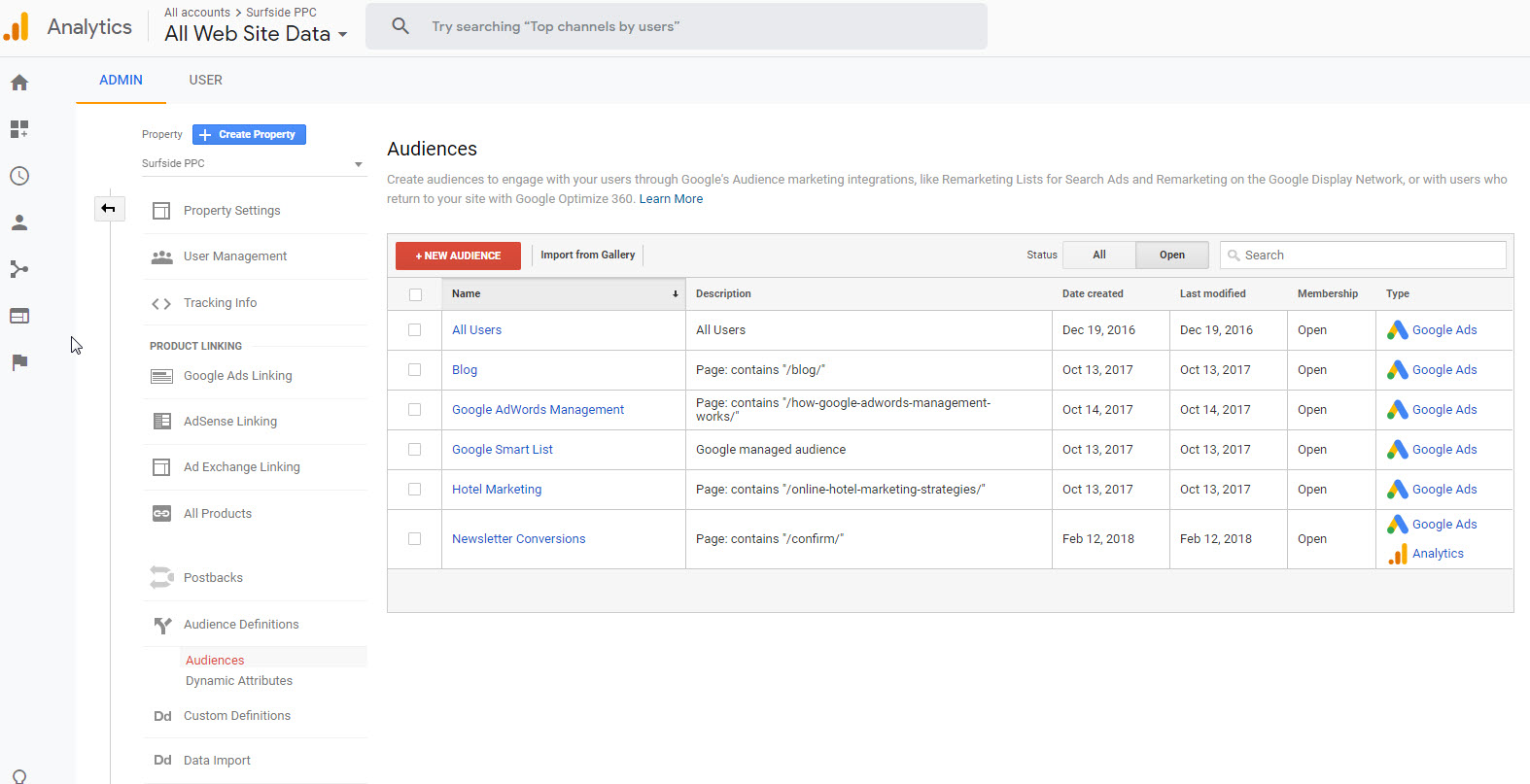Key Functions of Remarketing In Google Analytics Explained
Key Functions of Remarketing In Google Analytics Explained
Blog Article
Optimize Your ROI With Remarketing in Google Analytics
By harnessing the power of customer information and customizing ads to specific target market sections, companies can substantially enhance their conversion prices. The trip to making the most of ROI through remarketing is a nuanced path paved with insights and opportunities that can reshape the trajectory of your marketing ventures.
Recognizing Remarketing in Google Analytics
Comprehending remarketing in Google Analytics is essential for maximizing your electronic advertising and marketing method. Remarketing allows you to target individuals who have formerly visited your internet site or communicated with your application, providing them with tailored ads as they search various other sites or utilize other apps within the Google Present Network. This method helps maintain your brand name top of mind and motivates users to go back to your website, eventually boosting the chance of conversion.
By using Google Analytics, you can track the performance of your remarketing projects, gaining important understandings into individual behavior, involvement, and conversions. This information enables you to fine-tune your bidding, messaging, and targeting approaches to enhance the general performance of your campaigns.
In addition, understanding the different sorts of remarketing lists readily available in Google Analytics, such as basic, dynamic, and similar target markets, permits you to develop extremely fractional and customized campaigns tailored to particular user sectors. This degree of granularity can significantly improve the significance and influence of your remarketing efforts, eventually optimizing your roi.
Establishing Remarketing Checklists
To properly execute remarketing campaigns in Google Analytics, the first step entails producing and setting up remarketing checklists targeting certain user sectors based on their interactions with your internet site or application. By establishing up remarketing checklists, you can tailor your marketing initiatives to reach individuals who have actually currently shown interest in your solutions or items.
To start, browse to the Admin area of your Google Analytics account and pick the Home where you wish to create the remarketing listing. Then, under the Residential or commercial property column, click on 'Audience Definitions' and select 'Audiences.' Next off, click the red 'New Audience' button and select 'Create New' to specify the specifications for your remarketing list.

Crafting Effective Remarketing Ads

When crafting your ads, emphasis on producing eye-catching headlines and compelling visuals that attract attention to potential consumers. Incorporate solid calls-to-action that motivate users to review your website and finish a desired action. Make use of dynamic remarketing to show individualized ads featuring service or products that customers have actually previously viewed on your website.
Additionally, ensure that your advertisements are mobile-friendly considering that a substantial portion of web website traffic comes from mobile phones. Examination different advertisement variations to determine which designs and messages drive the best outcomes. By constantly this hyperlink refining and optimizing your remarketing advertisements based upon efficiency data, you can optimize their performance and boost your roi.
Analyzing Remarketing Efficiency

With Google Analytics, marketing professionals can track the efficiency of their remarketing campaigns in real-time, permitting them to determine trends, patterns, and areas for improvement quickly. By analyzing the information, marketing experts can establish which ads are performing well, which target market sections are reacting favorably, and which channels are driving one of the most conversions. This level of granularity enables marketing professionals to make data-driven decisions to maximize their remarketing projects for much better results.
Maximizing ROI With Remarketing
Analyzing navigate to this site remarketing information in Google Analytics enables online marketers to pinpoint opportunities for optimizing roi (ROI) through strategic adjustments - What Is “Remarketing” In Google Analytics?. To make the most of ROI with remarketing, it is vital to recognize the behavior of your audience. By examining customer communications, such as the pages they checked out, the products they checked out, or the actions they took on your site, you can customize your remarketing projects more effectively
Segmenting your target market based on their actions allows you to create tailored and targeted ads that are more probable to reverberate with them. By showing relevant advertisements to certain sections of your target market, you can boost the opportunities of conversion and inevitably improve your ROI.
Furthermore, evaluating different advertisement creatives, messaging, and deals can assist identify what resonates ideal with your target market. A/B testing permits you to experiment with different components of your ads to determine what drives the highest interaction and conversion prices.
Final Thought
To conclude, taking full advantage of ROI with remarketing in Google Analytics calls for a strategic method to assessing customer behavior, segmenting audiences, creating customized advertisements, and maximizing project efficiency. By leveraging data-driven understandings and evaluating different techniques, look at this site companies can improve their remarketing efforts to drive greater interaction and conversion rates. This methodical technique ensures that resources are effectively assigned towards maximizing rois in remarketing projects.
Next, click on the red 'New Audience' switch and choose 'Create New' to define the parameters for your remarketing checklist.
By continually refining and enhancing your remarketing ads based on performance data, you can maximize their performance and improve your return on investment.
By delving into these understandings, marketers can obtain a detailed understanding of just how their remarketing initiatives are reverberating with their target audience and driving conversions. To make best use of ROI with remarketing, it is important to comprehend the actions of your audience.In conclusion, maximizing ROI with remarketing in Google Analytics requires a strategic strategy to examining user habits, segmenting target markets, producing tailored advertisements, and enhancing campaign efficiency.
Report this page